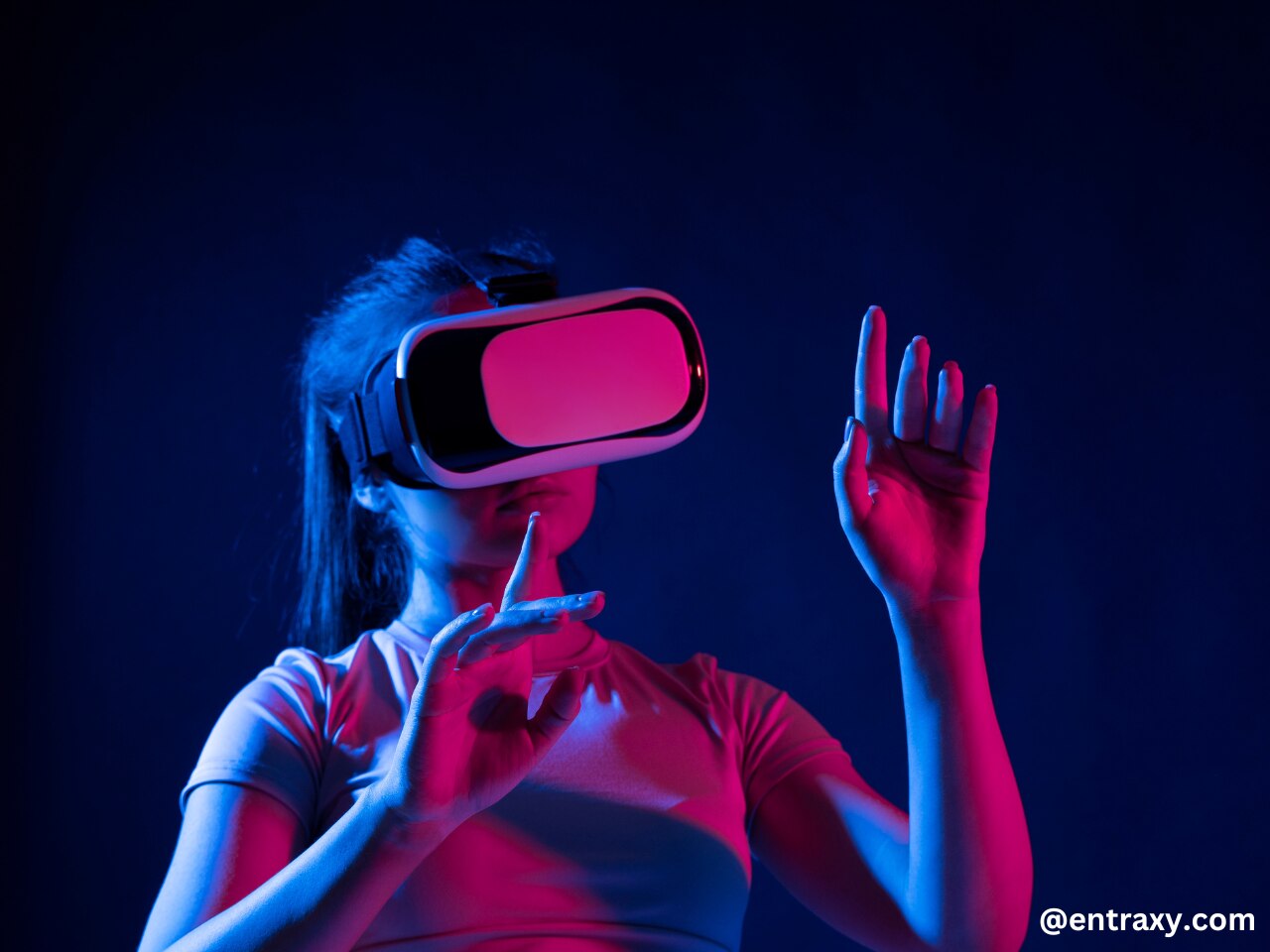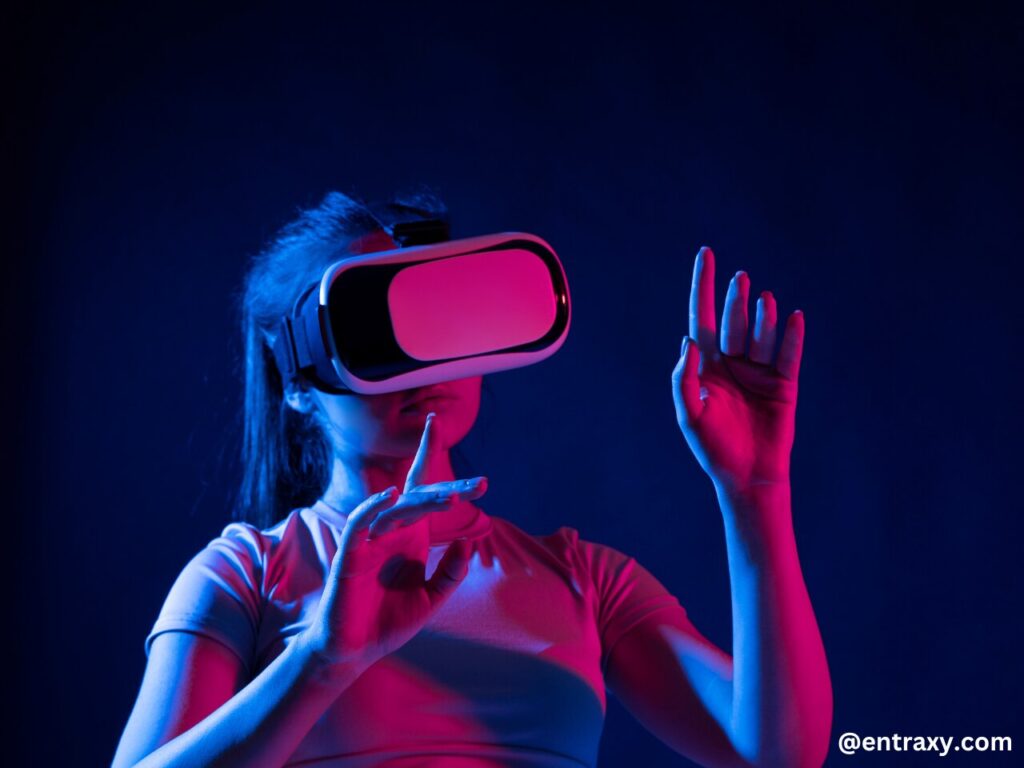
Future Scope of AR and VR in India
Future Scope of AR and VR in India: In recent years, the technological landscape of India has been witnessing a paradigm shift with the emergence of Augmented Reality (AR) and Virtual Reality (VR). These immersive technologies have transcended the realms of gaming and entertainment to infiltrate various sectors, promising revolutionary transformations. This blog post aims to delve into the vast potential and future scope of AR and VR in India, exploring their applications across diverse industries and envisioning their impact on society.
Understanding Augmented Reality and Virtual Reality
Distinguishing AR and VR: Explain in detail the difference between Augmented Reality and Virtual Reality, providing examples of each and how they alter the perception of reality for users.
Underlying Technologies: Explore the underlying technologies that power AR and VR experiences, including hardware components such as headsets, sensors, and controllers, as well as software frameworks like Unity and Unreal Engine. Discuss recent advancements in graphics rendering, spatial mapping, and gesture recognition that have enhanced the immersive experience.
Current Landscape of AR and VR in India
Market Overview: Provide a detailed analysis of the current AR and VR market in India, including market size, growth projections, key players, and emerging trends. Discuss recent investments and funding rounds in Indian AR/VR startups and highlight notable success stories.
Industry Applications: Explore specific use cases of AR and VR technology across various sectors in India. Provide real-world examples of how these technologies are being utilized in healthcare for medical training and patient education, in education for immersive learning experiences, in real estate for virtual property tours, in tourism for virtual travel experiences, in retail for virtual shopping, and in manufacturing for virtual prototyping and assembly simulations.
Future Trends and Potential Growth Areas
Healthcare Revolution: Dive deeper into the potential of AR and VR to revolutionize healthcare in India. Discuss how these technologies can improve medical training, surgical planning, telemedicine, and patient rehabilitation. Highlight the role of AR and VR in addressing healthcare challenges such as accessibility, affordability, and quality of care.
Immersive Education: Expand on the future of education with AR and VR technologies. Discuss how virtual classrooms, interactive textbooks, and immersive simulations can enhance student engagement and learning outcomes.
Explore the potential for AR and VR to bridge the gap in educational access and quality across different regions of India.
Smart Cities and Urban Planning: Provide insights into how AR and VR can contribute to the development of smart cities in India. Discuss applications such as urban design visualization, traffic management simulations, and public infrastructure planning.
Highlight the potential for citizen engagement and participatory urban governance through immersive experiences.
E-commerce and Retail Innovation: Further analyze the transformative impact of AR and VR on the e-commerce and retail sector in India. Discuss how virtual try-on experiences, augmented product catalogs, and virtual showrooms can enhance the online shopping experience for consumers.
Explore opportunities for Indian retailers to leverage AR and VR to drive sales, reduce returns, and differentiate themselves in the market.
Entertainment and Media: Provide additional insights into the evolution of entertainment and media consumption in India with AR and VR content. Discuss the potential for immersive storytelling, virtual concerts, and interactive gaming experiences to captivate audiences and create new revenue streams.
Highlight successful AR and VR projects in the Indian entertainment industry and emerging trends in content creation and distribution.
Challenges and Opportunities
Technological Barriers: Delve deeper into the technical challenges hindering the widespread adoption of AR and VR in India. Discuss issues such as hardware affordability, content fragmentation, and user experience optimization. Explore potential solutions and emerging technologies that could address these challenges and accelerate adoption.
Infrastructure Requirements: Provide a more detailed analysis of the infrastructure requirements for AR and VR deployment in India. Discuss the need for high-speed internet connectivity, mobile device compatibility, and digital literacy among the population.

Highlight government initiatives and private sector investments aimed at improving digital infrastructure across the country.
Regulatory Framework: Expand on the regulatory considerations and policy frameworks needed to govern the use of AR and VR technologies in India. Discuss data privacy concerns, content moderation challenges, and safety standards for immersive experiences.
Explore best practices from other countries and propose recommendations for policymakers in India to foster responsible innovation in the AR/VR ecosystem.
Driving Factors for Adoption
Cost Reduction and Accessibility: Provide additional insights into strategies to reduce the cost and enhance the accessibility of AR and VR technologies in India. Discuss initiatives such as government subsidies, industry partnerships, and open standards that could lower barriers to entry for consumers and businesses.
Industry Collaborations and Partnerships: Explore opportunities for collaboration between technology firms, startups, government agencies, and educational institutions to drive innovation and adoption of AR and VR in India. Discuss the importance of ecosystem partnerships in developing content, building infrastructure, and expanding market reach.
Conclusion | Future Scope of AR and VR in India
As India strides towards a digital future, the integration of Augmented Reality and Virtual Reality holds immense promise to reshape industries, empower individuals, and drive economic growth. By embracing these transformative technologies and addressing associated challenges, India can unlock new opportunities for innovation, education, healthcare, and societal advancement, paving the way for a more immersive and interconnected future.

Leave a Reply